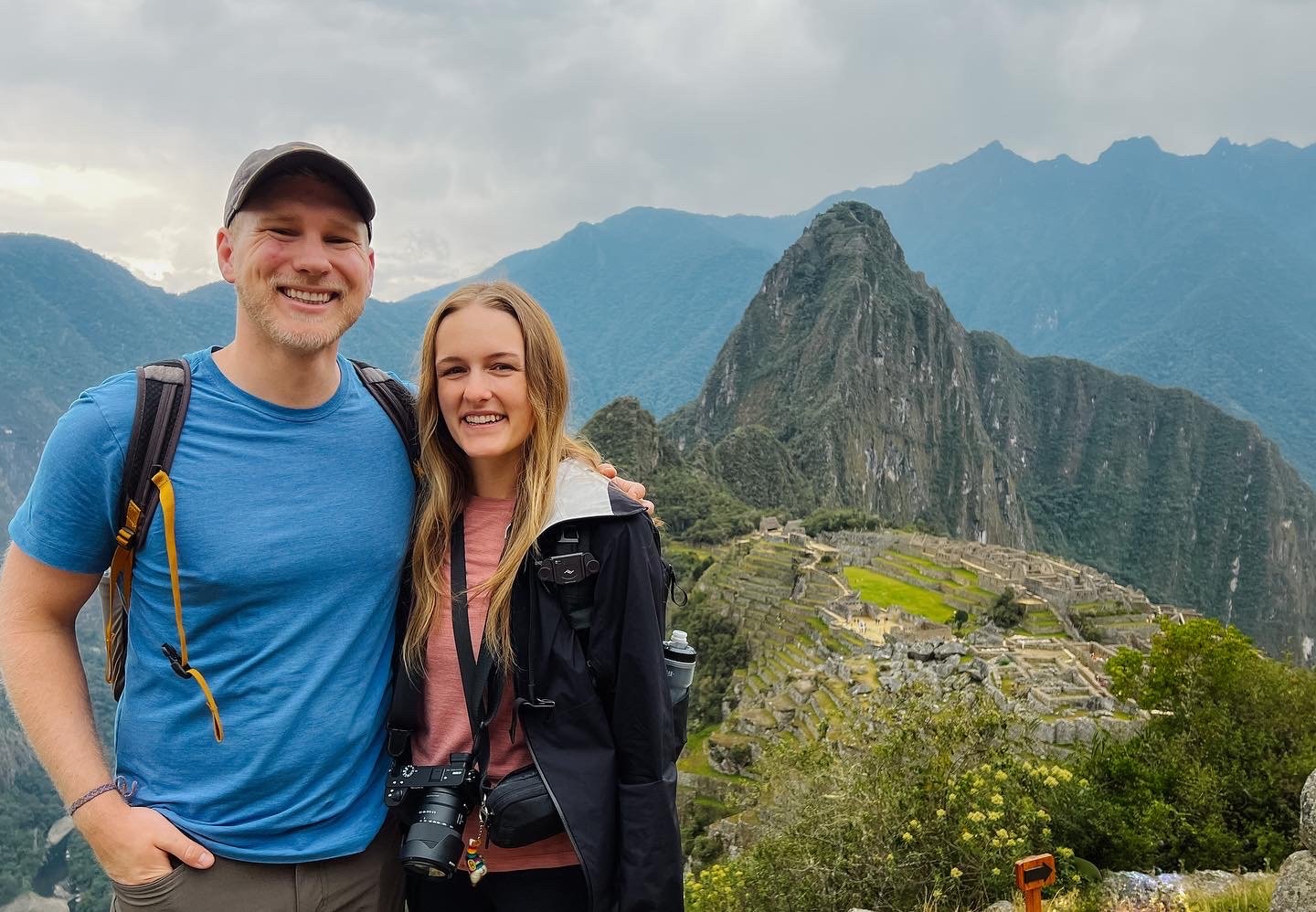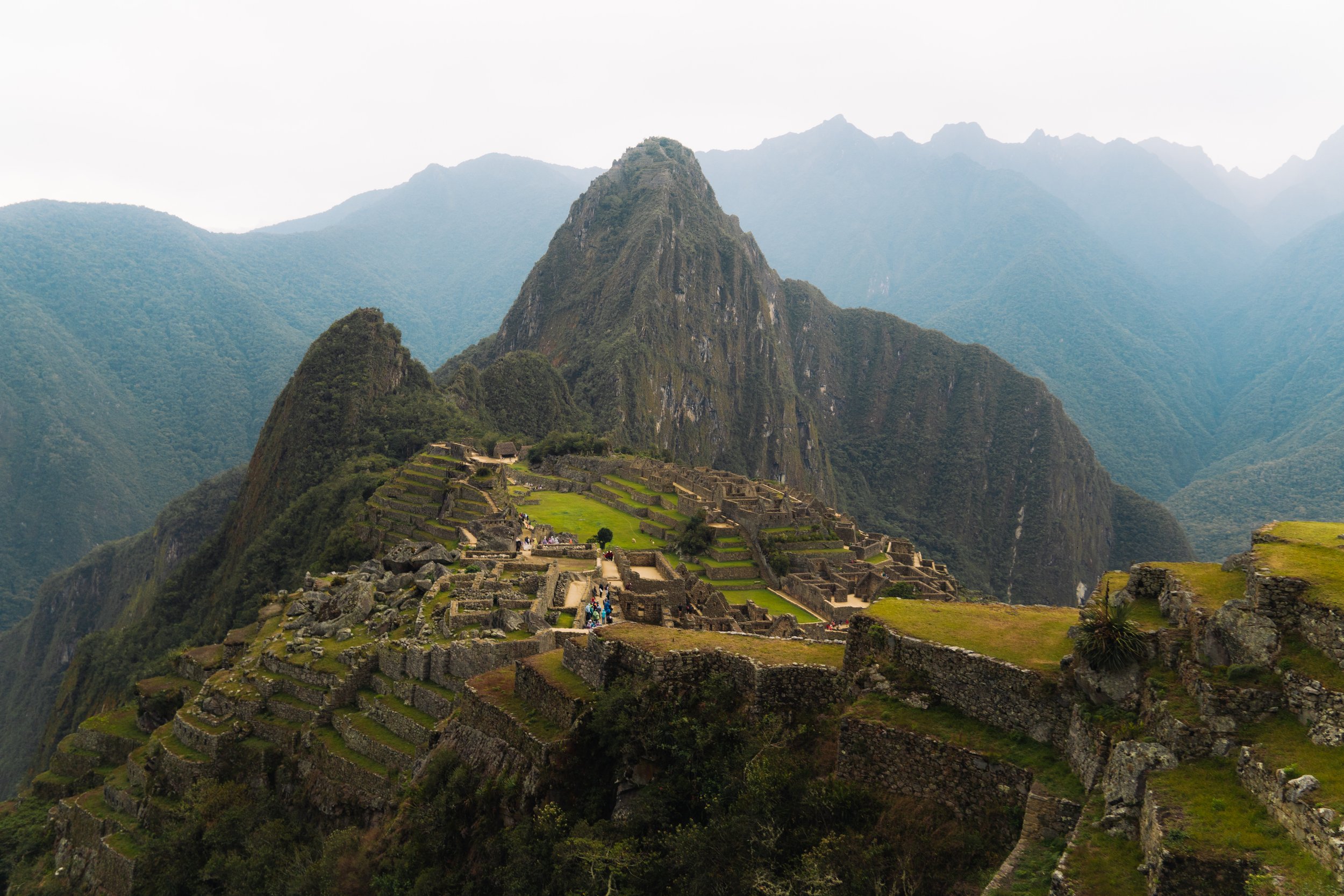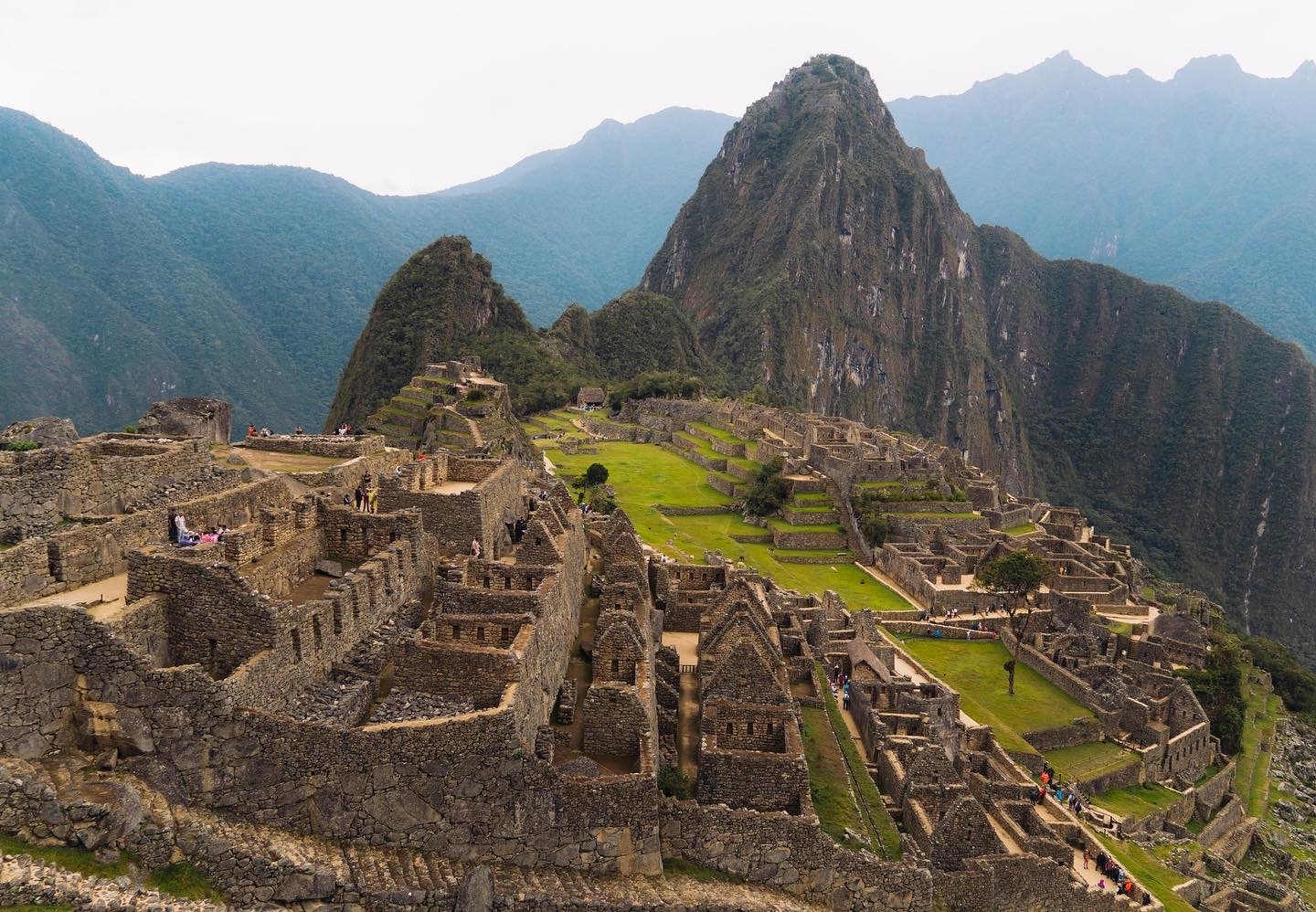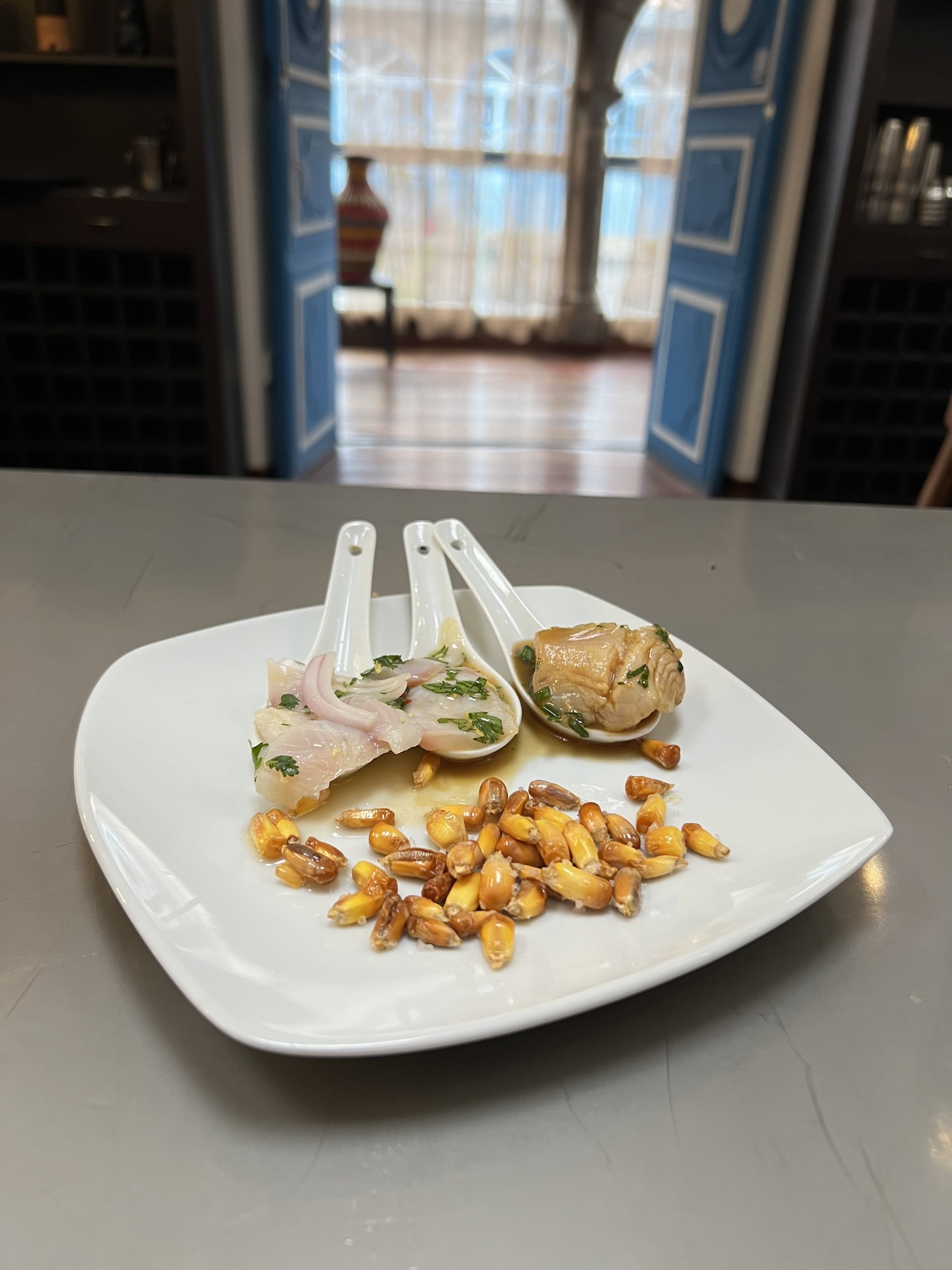How to Spend 8 Days in Peru
Peru is a unique blend of outdoor adventure, history, and culture. There was so much to take in and learn when we visited, which is why it has continued to stand out in all of the places we’ve visited.
We spent 8 full days exploring Peru and wanted to share our itinerary. We hope this helps others plan for their own trip!
Day 1 & 2
We landed in Cusco in the evening and spent the next day acclimating and exploring the city. It’s highly recommended to acclimate before adventuring further in Peru. Here are some tips:
Be patient! It takes time to acclimate so spending a couple days exploring Cusco is the perfect way to start the trip.
Make sure to drink plenty of water and stay hydrated. This will especially help when visiting higher altitude locations.
Avoid alcohol as you’re acclimating or preparing to go to higher altitude. Alcohol increases the risk of altitude sickness by dehydrating the body, inhibiting the ability to absorb oxygen, and disrupting sleep.
Coca leaves are a local remedy that can help with altitude sickness. Most hotels have the leaves available to make tea.
The prescribed drug, Acetazolamide, can also help with altitude sickness. We made sure to talk to our doctor before the trip! Note that it can cause some interesting side-effects like numb, tingling finger tips.
Day 3
After acclimating, we drove an hour northeast out of Cusco to Pisac.
The Pisac Market was our first stop. We explored the streets in search for street food (specifically empanadas!) and local crafts.
We then started our hike from town to the Pisac Ruins. It was 3.3 miles with a little over 1,000 ft of elevation. This took about 2.5 hours to complete. We loved the 360 degree mountain views and learning more about the ruins!
After our hike, we made our way to the town of Ollantaytambo, which was another hour drive from Pisac. This would set us up so that we could take the train to Machu Picchu the next day.
Day 4



We were SO excited to get to Machu Picchu!
Since the ruins are hidden deep in the mountain range, it’s a process to get to the famous view overlooking the ruins. Here was how we got there:
We took a train from Ollantaytambo to Aguas Calientes. The train ride took about 1.5 hours with beautiful views through small villages. Only small luggage was allowed on the train so we kept our larger luggage back at the hotel.
We then hopped on a bus from Aguas Calientes to Machu Picchu. This was a 30 minute ride up a steep and winding road which dropped us off at the main entrance.
When we arrived, we got in line at the gate. Once we entered, we hiked 20 minutes for .5 miles before arriving at the famous view overlooking Machu Picchu.
Nothing prepared us for the feeling of seeing Machu Picchu. It was breathtaking and felt magical. Standing at the overlook, we both got goosebumps thinking about the history in those ruins and wanted to learn more about the lost civilization.
After taking in the incredible view, we explored the ruins below. We loved learning more about who lived there and their history, along with the engineering that went into building the structures. We highly recommend having a guide when exploring the ruins!
Read more about Machu Picchu in our previous blog post!
Day 5
Day 5 was spent hiking Machu Picchu Mountain, which was an intense and rewarding hike. It’s a 2.4 mile out-and-back hike that has 1,800ft of elevation gain. Most of the hike was spent climbing small steps.
Once we reached the top, we were rewarded with a much-deserved view of Machu Picchu. It sits a lot higher than the main overlook so we enjoyed this elevated perspective!
Contrary to what you might be thinking, Machu Picchu mountain isn’t the peak you see in the typical pictures of Machu Picchu. That peak is called Huayna Picchu (also called Wayna Picchu) and we had great views of it from our summit.
After our hike, we took the train back to Ollantaytambo.
Day 6
Our first stop of the day was the Ollantaytambo Ruins, which is located in the Sacred Valley. It was known as the ceremonial center and for its military strength. We admired the advanced Incan engineering as we hiked through the ruins.
About 30 minutes from Ollantaytambo, we stopped at Urubamba. We visited a local family who made us an amazing meal and taught us the process of making ceramics.
We watched as the local meal was made. First a hole in the ground was lined with bricks. Then food, hot stones, and rosemary were layered in to begin the cooking process. The heat was sealed in by layers of blankets, tarps, and soil. A little while later, the food was ready to be unburied and served.
After lunch, we learned about the Andean ceramics process and created our own ceramics. We loved learning about another culture from locals!
Our next stop was the Inca Salt Mines. We learned that a natural spring of salty water is channeled to all of the pools. Each of the pools are first filled and then the inflow is stopped so they can evaporate, leaving salt behind. Once filled and evaporated several times, farmers collect the salt crystals left behind.
The agricultural terraces in Moray
Our last stop was the agricultural terraces in Moray. These truly felt out of this world!
These circular, indented terraces allowed Incans to breed new varieties of crops like potatoes and corn. The different levels provided slightly different climates which allowed them to slowly adapt the plants to different environments.
A fun fact is that scientists have measured temperature differences of at least 15 degrees between the highest and lowest terraces. This demonstrates the significant change in climate they were able to produce within a small location!
Day 7
We spent our next day with Chef Jesus!
We first went to a local market to pick up ingredients for our meals. Here is everything we made:
Pisco Sour
Ceviche
Potatoes
Tamales
Local fruit dessert
We highly recommend taking a cooking class when visiting Peru. It’s a great way to learn about the culture and try new dishes!
Day 8
Rainbow Mountain has a diverse terrain that surprised us! We were expecting the colorful mountains, but we were also welcomed by jagged peaks, snow, and rocky paths.
The colors are the result of mineral deposits that happened over millions of years. It’s composed of sandstone, siltstone, and clay. Minerals like iron, sulfur, and copper are also present which is how the mountain gets the multitude of colors.
The Andean people have considered this place sacred because of the incredible natural formation.
Read more about Rainbow mountain in our previous blog post!
—
Peru was an incredible adventure. We loved learning about the culture, trying new food, and exploring the diverse terrain. We hope this inspires you to visit Peru!














